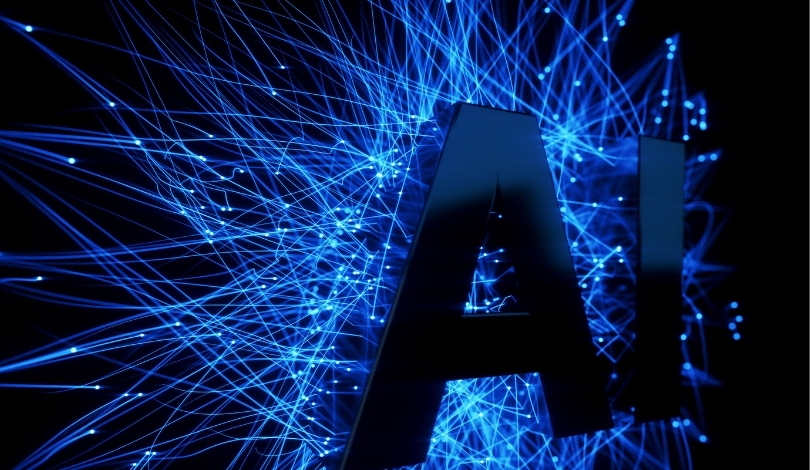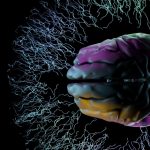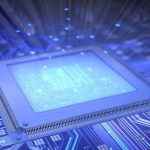Managing industrial robots typically involves time-intensive programming and significant manual input. As manufacturers deploy more robots in confined spaces, ensuring safe, efficient choreography between multiple machines remains challenging. Collisions and inefficiency are frequent issues that slow the wider use of automation in sectors such as manufacturing and warehousing. The introduction of advanced AI solutions is now prompting companies to reconsider their approaches to multi-robot coordination, and the RoboBallet initiative marks a new step in this direction. Automation specialists and production engineers are closely monitoring whether these AI-driven tools will achieve broad adoption across the manufacturing industry or serve mainly as specialized solutions.
Industrial robot task planning once relied heavily on classical algorithms that solved for individual machines but struggled under increasing robot density or complex layouts. Early reports on Intrinsic and Google DeepMind’s involvement in the field centered on modular software development and acquisition of open-source platforms, without public demonstrations of scalable, AI-driven multi-robot planning. The recent unveiling of RoboBallet, which merges reinforcement learning and graph neural networks, represents a development beyond prior ambitions—moving from foundational toolsets to end-to-end motion planning that tackles the coordination of numerous robots simultaneously. Unlike previously discussed iterative improvements, this approach introduces a collision-free planning model, able to generalize to new settings with less human intervention.
What Makes the RoboBallet Approach Distinct?
RoboBallet, developed by Google DeepMind Robotics, Intrinsic, and University College London, incorporates graph neural networks trained via reinforcement learning on a dataset of millions of simulated scenarios. Within this system, each robot, its assigned task, and present obstacles become nodes in a graph, while their interactions form the edges. The model is designed to learn optimal movement sequences by trial and error and can produce solutions for new workcell configurations without bespoke manual coding. As stated by Intrinsic,
“Our system only needs CAD inputs and high-level task objectives to autonomously generate robot motion plans.”
How Does RoboBallet Improve Efficiency Compared to Traditional Methods?
Traditionally, engineers rely on laborious methods like teach pendants and manual adjustments to direct robot motions, consuming considerable programming time and effort. In contrast, laboratory trials of the RoboBallet model demonstrated near-optimal motion plans for up to eight robots, consistently delivering those plans within seconds. The system achieved around 25% better trajectory quality and managed to reduce coordinated task times by 60% when scaling from four to eight robots. Intrinsic points to this as an indication of potential scalability:
“With greater system complexity, efficiency can actually increase rather than decrease,”
which contrasts with previous expectations where complexity led to more complications.
Can RoboBallet Adapt to New Industrial Challenges?
The system’s architecture allows it to handle a variety of tasks without needing human intervention or retraining for each new scenario. Once objectives are defined, RoboBallet chooses its own action sequences and computes collision-free paths accordingly. Its dynamic encoding of entity relationships helps it remain adaptable to changes, including unforeseen obstacles or layout modifications. The research group further anticipates future enhancements combining this motion planning with on-site perception AI, which could allow robots to adjust in real-time to shifts in their environment, targeting improved uptime and reduced recovery periods after production changes or disruptions.
Recent advances position RoboBallet as an innovative workflow, offering automated planning capabilities to manufacturers seeking to deploy or scale their use of industrial robots. While other approaches have made incremental progress through algorithm refinement and manual programming assistance, RoboBallet presents a shift to fully automated, generalizable planning without ongoing developer oversight. For operators and engineers, the ability to reassign robots to new product lines or quickly adapt to supply chain changes without lengthy programming processes might streamline operations. However, the shift towards AI-led programming also raises questions about necessary human expertise, system transparency, and safety guarantees in complex, shared environments. As solutions like RoboBallet gain traction, effective integration into mixed-skill workforces and legacy systems will remain a key consideration. Potential users should assess the cost, required training, and long-term adaptability of these AI-based systems before widespread adoption.










